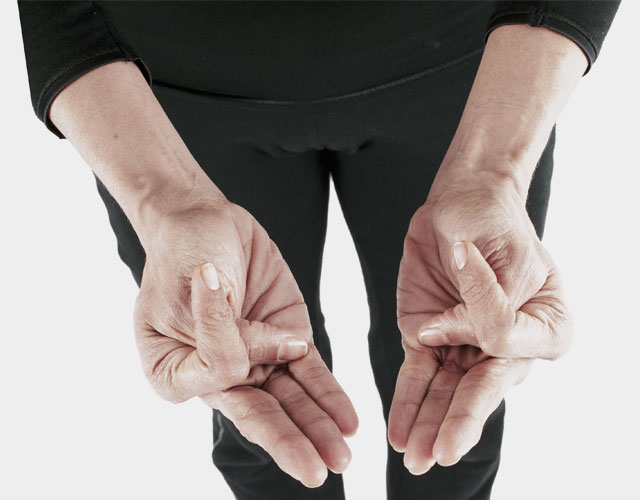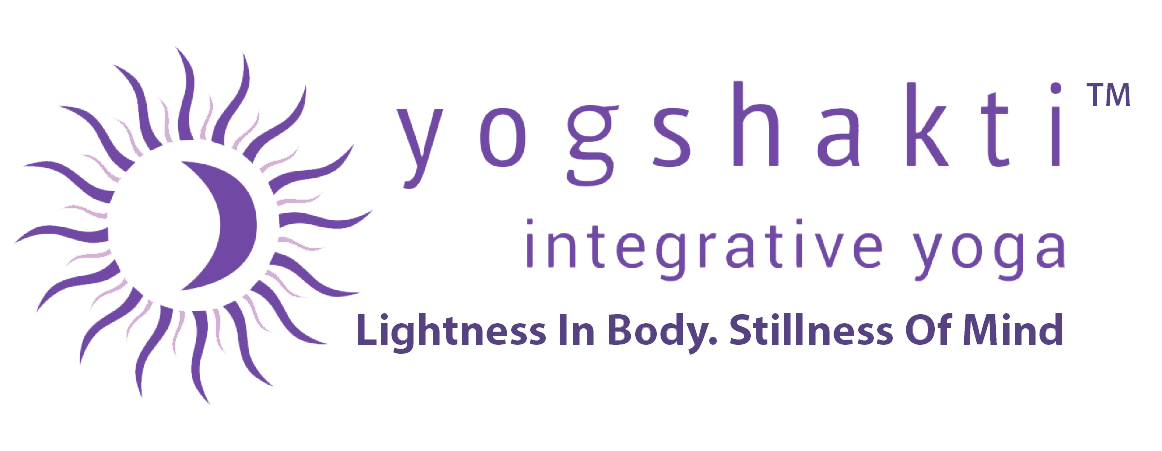Hatha Yoga
“Hatha” is made up of ‘ha’ meaning ‘sun’ and ‘tha’ meaning ‘moon’. “Yoga” means “to join or unite”, so “hatha yoga” is the union of the sun and moon, it is the science of harmonising the positive and negative forces within the body and balancing active and passive energies.
Hatha yoga practice harmonises the body, breath, and mind. This is an exhilarating, holistic experience such as the intense physical pleasure one experiences when playing sports or music, or while totally absorbed in a mental task. A consistent and thoughtful hatha practice can make that experience of integration available to us at all times.
We need to remain alert while the body is completely still and relaxed when we progress to meditation. Hatha can help us remain alert without becoming drowsy and to be energetic without physical tension. No other physical activity provides these benefits. The essence of hatha is in the process – daily diving into the moment to gather the pearls of consciousness. A fruitful hatha practice requires putting aside the need to compare ourselves with others and to measure our progress. Practiced in the correct manner, hatha yoga can help the practitioner be successful in any field of action. Best of all, hatha can guide us to transform our body into a shrine where the Supreme Consciousness can shine in all its glory.
Hatha Yoga is made up of four groups of physical practice – Kriya, Asana, Pranayama and Mudra. All of them can be practised according to one’s capacity, so even people with physical limitations can benefit because attitude, breath and internal awareness are more important than external gestures.

Kriyas
These cleansing exercises that help to:
– Eliminate toxins and remove waste without drugs
– Remove excess fat and mucus/phlegm
– Purify the nadis (the channels through which vital energy, known as prana, circulates)
– Cultivate awareness of breathing, digestion and elimination
– Promote overall vitality
Some of the kriyas taught at Yogshakti are Neti (Nasal Wash), Nauli (Stomach Churning) and Kapalabhati (Cleansing Breath)
Pranayama
Pranayama uses awareness and the breathing to control the nervous system and pranic body, which is the link between the body and mind. Proper and free flow of prana through the body enhances the capacity of the nervous system and increases energy.
The benefits of pranayama:
– Oxygenates the blood and energises the body.
– Eliminates waste, thus keeping the body and nervous system free of toxins created by waste.
– Leads to a state of vital equanimity in which thought processes can be clearly observed and controlled.
– As with asanas, do not exceed a comfortable capacity in your pranayama practice. It may lead to energy disruptions.
Asana
Most people associate hatha yoga with “asana” or “physical pose”. However, the primary goal of practicing asanas is to develop ease and comfort in the body to not only facilitate meditation but also improve concentration and performance in all areas of life. The focus on the body is only a means to ensnare the breath and the mind in order to gradually develop deeper levels of awareness of our being.
Important points to observe while practising asanas are:
– Progress is easier when one works with the breath.
– Do not focus on external success – if you have an aggressive, impatient attitude you will overstretch muscles and ligaments, and experience pain or discomfort.
– Real success in asanas involves expanding the capacity to feel and one-pointed awareness.
Bandhas and Mudras
Bandhas are ‘locks’ or the voluntary contraction of a group of muscles which protect the body from injury by restraining the flow of energy. The 3 bandhas most commonly taught are Uddiyana Bandha (Abdominal Lift), Mula Bandha (Root Lock) and Jalandhara Bandha (Chin Lock).
These are applied alone or in combination according to the requirements of the various kriyas, pranayamas, asanas or mudras.
Mudras are expressive gestures formed by a combination of asana, bandha and pranayama. For example, an open hand held upright indicates protection and an open hand held downward with the thumb and ring finger touching signifies giving. When combined bandhas and mudras channel energy in specific and potentially very powerful ways.

